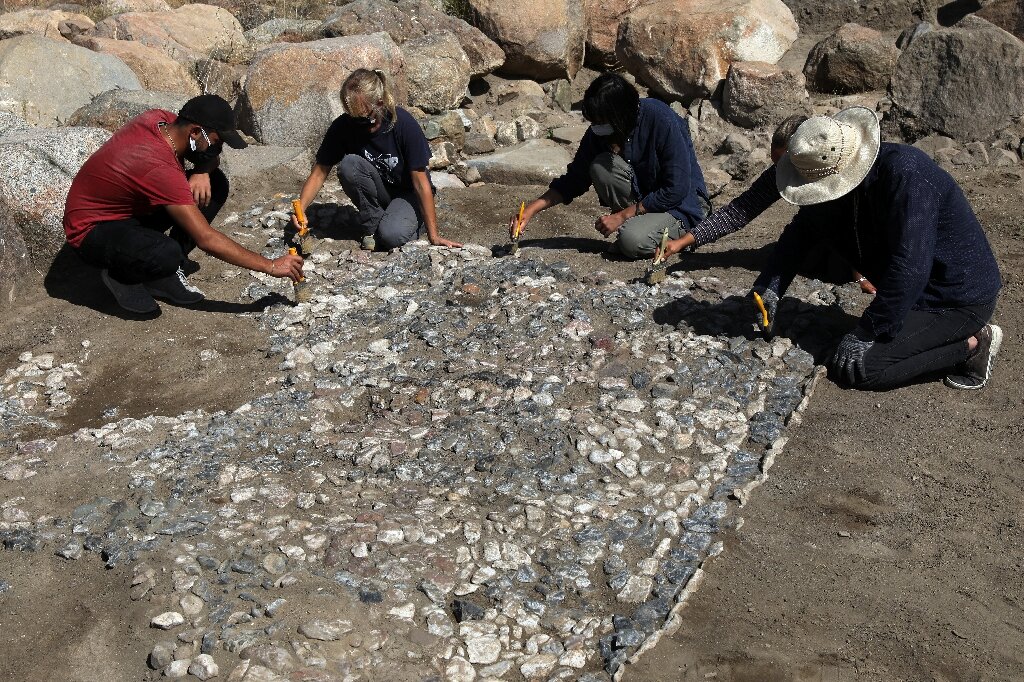#New humanized mouse model provides insight into immunotherapy resistance

“#New humanized mouse model provides insight into immunotherapy resistance”

Scientists at The Wistar Institute have created an advanced humanized immune system mouse model that allows them to examine resistance to immune checkpoint blockade therapies in melanoma. It has revealed a central role for mast cells. These findings were published today in the journal Nature Communications.
Checkpoint inhibitors revolutionized therapeutic options for advanced melanoma. However, only a fraction of patients respond to this treatment and some relapse due to reemergence of therapy-resistant lesions.
“To better understand why some cancers do not respond or become resistant to checkpoint therapies, we need more preclinical models that mimic the human tumor immune environment,” said Rajasekharan Somasundaram, Ph.D., a member of The Wistar Institute Melanoma Research Center, who is the first and corresponding author of the paper.
Due to critical differences in the murine and human immune systems, mouse models do not allow the study of immune mechanisms that are uniquely human. “Humanized” mouse models are widely used to mimic the human immune system in mice.
Wistar’s new humanized mouse model relies upon transplanted human stem cells and tissues that have been uniquely engineered to produce combinations of human cytokines that result in a more physiologically relevant model system for evaluating new immuno-oncology therapies and effective treatments targeting the tumor microenvironment.
“Our novel humanized mouse model has a longer life span and allowed us to study treatment responses to immunotherapies after human tumor transplant,” said Somasundaram, who was part of a Wistar team led by Meenhard Herlyn, D.V.M., D.Sc., professor in The Wistar Institute Cancer Center, director of The Wistar Institute Melanoma Research Center, and a co-senior author on the study.
Researchers transplanted human metastatic melanoma cell lines into their humanized mouse model and treated them with anti-PD-1 antibody therapy. By studying immune cell infiltration into the tumors, Somasundaram and colleagues observed an abundance of infiltrated mast cells in anti-PD-1-treated tumors. Mast cells are an immune cell found throughout the body, especially in the skin and mucosa, where they serve as a first line of defense against pathogens. In samples from melanoma patients receiving immune checkpoint therapies, the team saw the same higher abundance of mast cells in non-responding tumors.
The authors showed that combining anti-PD-1 therapy with small molecule inhibitors able to deplete mast cells caused complete regression of tumors in mice and prolonged survival in comparison with mice receiving either treatment. Importantly, mice that reached remission did not show any signs of recurrence for four weeks after cessation of therapy and developed memory T cell response against melanoma tumors.
“Our results suggest that mast cells are associated with resistance to anti-PD-1 therapy, and that depleting mast cells is beneficial to immune checkpoint therapy responses,” said Herlyn. “This warrants further investigation into the development of new combined immunotherapy approaches with small molecule inhibitors for the treatment of melanoma patients.”
A helping hand for cancer immunotherapy
“Tumor-infiltrating mast cells are associated with therapy resistance to anti-PD-1”, Nature Communications (2021). DOI: 10.1038/s41467-020-20600-7
Citation:
New humanized mouse model provides insight into immunotherapy resistance (2021, January 12)
retrieved 12 January 2021
from https://medicalxpress.com/news/2021-01-humanized-mouse-insight-immunotherapy-resistance.html
This document is subject to copyright. Apart from any fair dealing for the purpose of private study or research, no
part may be reproduced without the written permission. The content is provided for information purposes only.
If you liked the article, do not forget to share it with your friends. Follow us on Google News too, click on the star and choose us from your favorites.
For forums sites go to Forum.BuradaBiliyorum.Com
If you want to read more Like this articles, you can visit our Science category.


